Herv l leroux love money god
Hervé L Leroux is a French fashion designer who made his name with striking bandage dresses and, as Hervé L. Leroux, has refined the art of draping jersey into goddess gowns and ultra-feminine curvy cocktail dresses for a glamorous, international clientele.
Contents
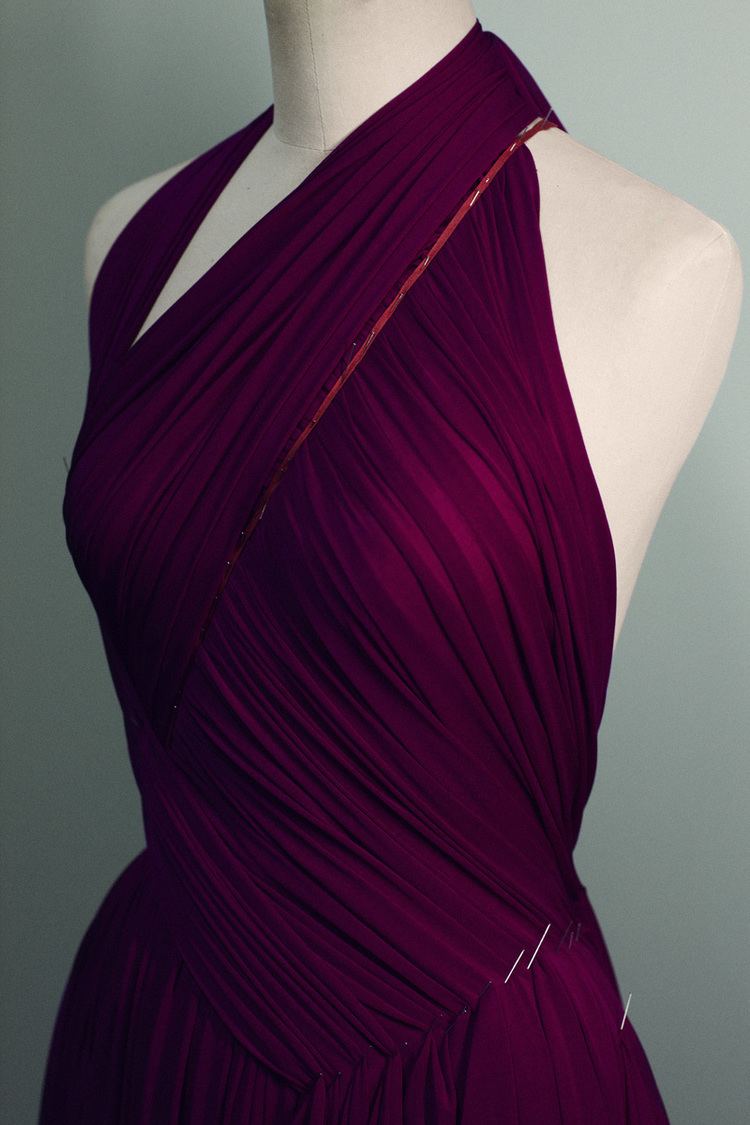
Biography
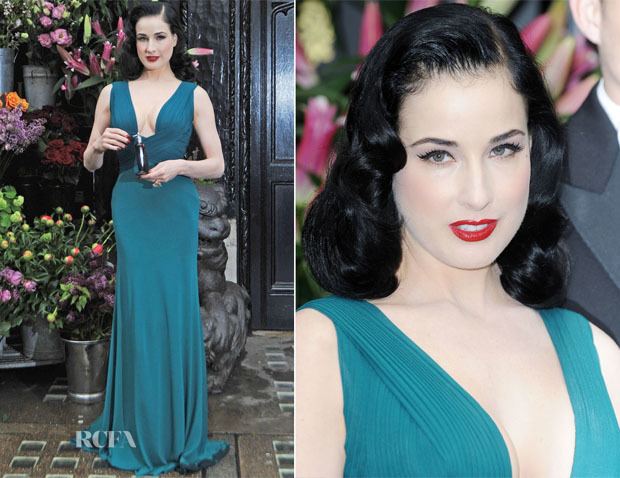
Hervé Leroux was born as Hervé Leger on 30 May 1957 in the small historical town of Bapaume in northern France. One of three children, he excelled in art in school, leaving his hometown at age 18 to go study sculpture in Paris at the Ecole Nationale Supérieure des Beaux Arts.
Early career
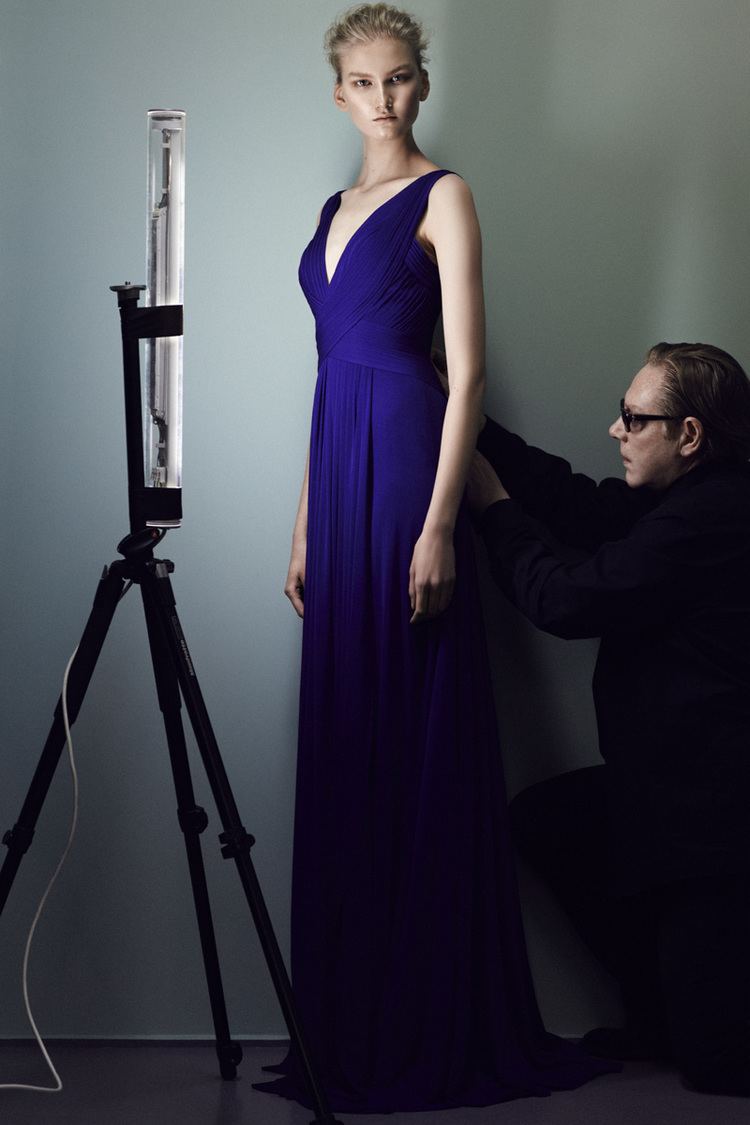
Two years later, growing disenchanted with his studies, he turned his attention to the world of hairdressing, becoming a qualified hairstylist working for Jean-Marc Maniatis. His first show, doing hair backstage at Chloé, provided the revelation that fashion was what he really wanted to do. From there, beginning in 1978, a natural love of working with his hands saw his hairstyling being joined by making hats and bags. After creating some hats for a Tan Giudicelli show, he was invited to work on a handful of dresses, an initial taste of dressmaking that led Giudicelli to suggest he drop hairstyling and turn his energies to clothes. In 1980, he met Karl Lagerfeld and, three days later, was hired to work as his assistant, initially at Fendi in Rome for two years, and then at Chanel, in Paris, where he was senior assistant designer for their first two ready-to-wear collections.
After Chanel, he went out on his own in 1985, setting up a small studio and store on Rue du Pélican near the Palais-Royal in central Paris, making dresses and hats. He also began a series of consultancies, working as a freelance haute couture designer at Lanvin under the direction of Maryll Lanvin, at Diane Von Furstenberg, designing accessories at newly launched Daniel Swarovski and shoes at Charles Jourdan.
He founded his own label Hervé Léger in 1985, pioneering the bandage dresses that would make the label famous in 1990. Writing in the International Herald Tribune, fashion critic Suzy Menkes described one of these early collections as “a recipe for the Nineties”. Feats of technical virtuosity, the dresses were made to haute couture standard, each band shaped and mounted individually, lending “the wearers of his dresses a bombshell silhouette that quite literally defined the body-consciousness of the era. Hervé Léger achieved his effect with curve-cleaving elastic bandages and a high-octane technique that defied tradition because he molded his fabric to the female form, rather than draping and cutting it.” The style struck a resounding chord "with women wishing to relish their sexuality and [...] unafraid of displaying their redefined bodies". Though various designers have staked a claim as to who did the bandage dresses first, and Leroux has often pointed out that in the modern era the late American couturier Charles James set the standard, he also takes a far longer view of any attribution, telling style.com, “Bands belong to history. They come from Cleopatra, Queen of the Egyptians.” In the takeover-hungry climate of the late 1990s, he lost control of his company Hervé Léger and the commercial use of the name in 1999.
Becoming Hervé L. Leroux
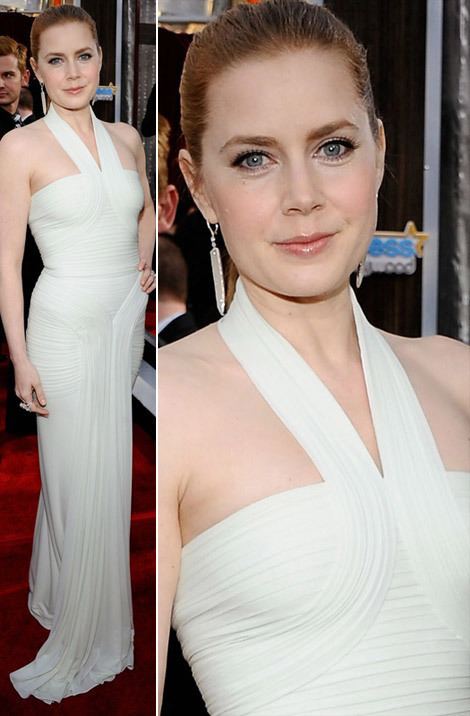
Without missing a season, and with a concurrent swimwear and hosiery consultancy for Wolford, Hervé Leroux (the name change was suggested by Karl Lagerfeld – “He told me, 'Call yourself Leroux because your hair is red – not as red as it was, because you are older – but anyway it works, and everyone will know who you are.'”) founded his own independently-financed couture house, Hervé L. Leroux, delivering his first dresses for spring 2000. The design studio and store were, and still are, located at 32 rue Jacob in the heart of Paris' Left Bank, in the former boutique and store of the late famed antique dealer and decorator Madeleine Castaing, a location and enterprise he's dubbed “the smallest couture shop in the world.”
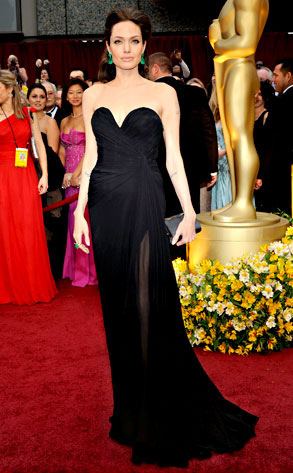
A new name called for a new style, and Leroux went back to the body, developing a new concept of made-to-measure jersey dresses created by hand in his own atelier. Utilizing the craft of traditional couture, the pure and graphic dresses are made infinitely modern with a unique construction that, despite being highly labor-intensive, effortlessly convey an air of sensual, inneffably chic and glamorous, body-conscious modernity. He is understandably dismissive of inexperienced designers labeling themselves as couturiers. “Remember that people need to learn how to sew before they can do anything,” he commented in an interview. Making women look beautiful, highlighting their features and diminishing their flaws, the brand boasts a large and primarily international private client base that's drawn to the subtlety of the work, “his ultra feminine, glamorous, inimitable style” and his transformative mastery of technique. His initial urge to be a sculptor eventually found its expression not in marble but in fabric, and an "instinctive understanding of the female form". As Tim Blanks noted in Vogue, “Credit is due his mastery of the purest form. Balenciaga used to tell his clients that they didn't need a good body, because he could give them one. Leroux could make the same claim.”
Style
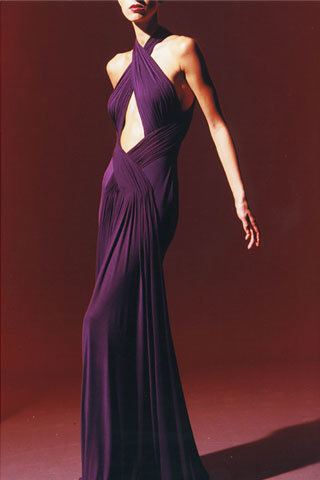
Leroux is indicative of a number of designers who have tapped into the wellspring of clients that exist for one-off, expensive clothing, yet who maybe don’t fit into the highly visible, media fodder category associated with the type of recognizable heiresses filling the front pews at Dior. And yet, unsurprisingly, the house's dresses have also attracted the attention of the red carpet, regularly seen on actresses and singers including Cate Blanchett, Kristen Stewart, Jessica Chastain, Amy Adams, Anna Paquin, Megan Fox, Halle Berry, Penelope Cruz, Sigourney Weaver, Carole Bouquet, Whitney Houston and Celine Dion, and the burlesque performer Dita Von Teese who has proved to be one of the most flawless and faithful ambassadresses of his style. As creative director of Paris-based house Guy Laroche from 2004-2006, he dressed Hilary Swank for her 2005 Best Actress Oscar win in a backless midnight-blue jersey dress that went on to become one of the most lauded and cited Oscar gowns ever. In 2007, the firm branched into ready-to-wear, utilizing not only the jersey that formed the backbone of the house's identity but turning also to tightly-knitted, exclusively developed fabrics that are transformed into collections of curvaceous cocktail dresses, separates, knitwear, and traffic-stopping evening gowns. The focus remains on the form and fit with which he made his name in the 90s, through “dresses with precise cutting and great décolleté, a timeless look that sculpts a woman's body.” With three collections per year, the line is carried in a host of stores internationally, along with a selection of couture dresses. In contrast to the accepted designer cliché, he doesn't attend every museum exhibition going in a quest for inspiration. “My relationship with art is quite unusual. I don't like museums; they stress me. And so I get my art in book form,” he admitted to the French art magazine L'Oeil.
In November 2012, Leroux teamed with NY-based, boutique fragrance brand Joya to create a candle. The “uniquely potent, and unabashedly sensual, floral blend (jasmine, tuberose, and gardenia)” comes in a matte black glass container cut on a slant to mimic a bias drape.January 2013 will mark the first time that the house of Hervé L. Leroux will present haute couture on the official show calendar, as a special invitee of the Chambre Syndicale de la Couture. “I've been very discreet”, he told fashion trade paper Women's Wear Daily, adding that “We sell around 200 couture dresses per year.”
